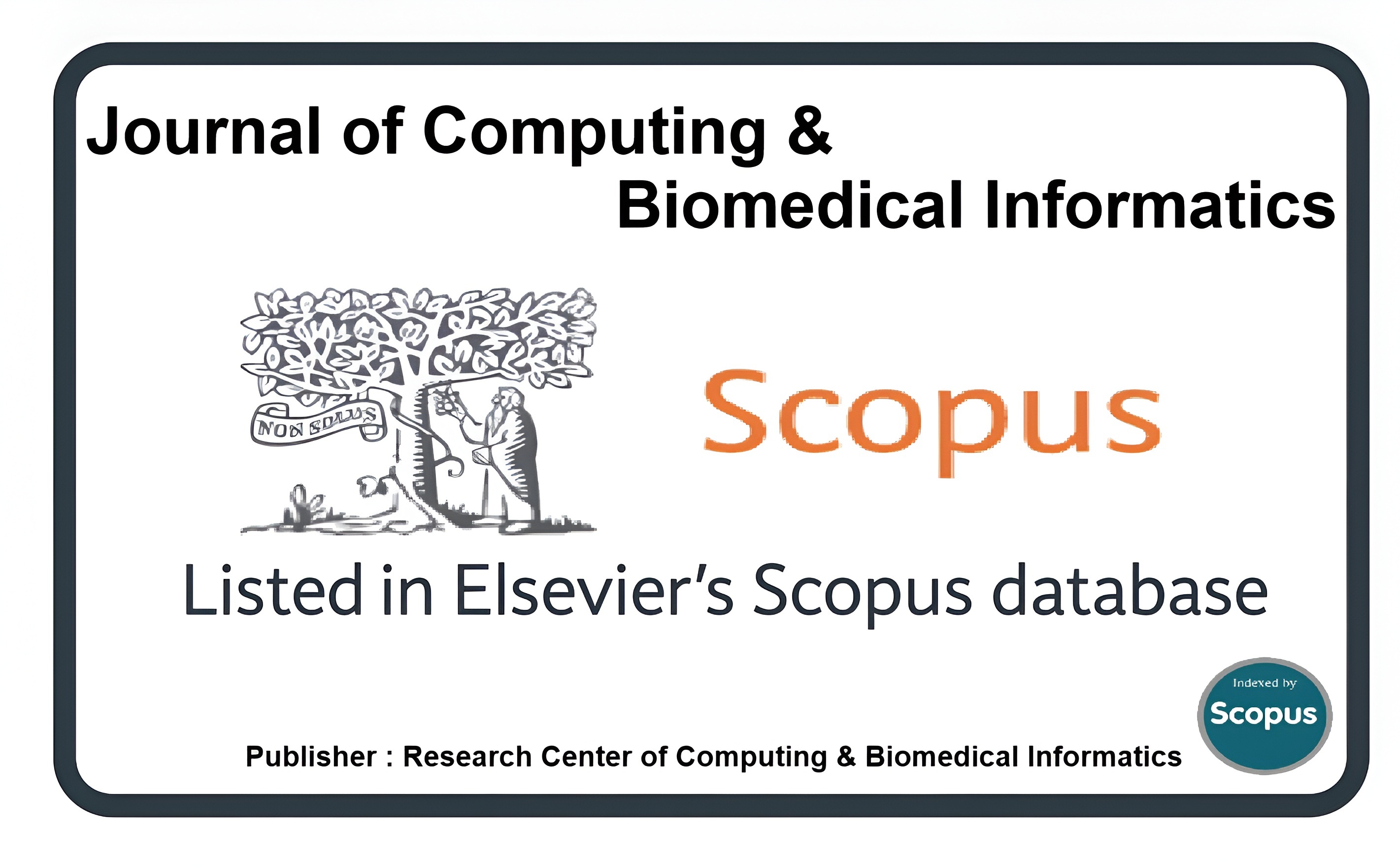Automated Brain Tumor Detection via Transfer Learning Techniques
Keywords:
Brain Tumor, Deep Learning, Transfer Learning, CNN, Medical ImagingAbstract
Brain tumors disrupt the regular operation of the brain, and if left untreated, these malignant cells can impact the adjacent tissues, blood vessels, and nerves. Moreover, it affects a large number of individuals worldwide and can result in substantial damage. Thus, it is crucial to understand that brain tumors are a severe medical disease that demands appropriate medical attention. Tumors are the primary cause of a significant number of deaths in modern times. They damage the brain, leading to severe mental as well as physical problems. Detecting brain tumors manually is a difficult task because of variations in their appearance, such as differences in shape, size, and nucleus. Consequently, there is a need for an automated approach to detect brain tumors at an early stage. This paper presents a study on detecting brain tumors utilizing a “Convolutional Neural Network (CNN)” with the “Adaptive Moment Estimation (ADAM): optimization algorithm. Using transfer learning, the researchers built a base model in CNN and combined it with “RESNET-152”, MobileNet, and Densenet-121. The classification of brain tumors as either tumors or non-tumors was performed and evaluated on a public Kaggle brain-tumor dataset. The results showed that the proposed model achieved 98.7% accuracy and 99.8% AUC for Resnet, 96.5% accuracy and 98.6% AUC for Dense Net, and 87.2% accuracy and 98.7% AUC for MobileNet, respectively. The data indicate that using the RESNET-152 model produced better results than other baseline approaches. This suggests applying the model to additional disorders and its clinical utility in routine practice.
Downloads
Published
How to Cite
Issue
Section
License
This is an open Access Article published by Research Center of Computing & Biomedical Informatics (RCBI), Lahore, Pakistan under CCBY 4.0 International License





